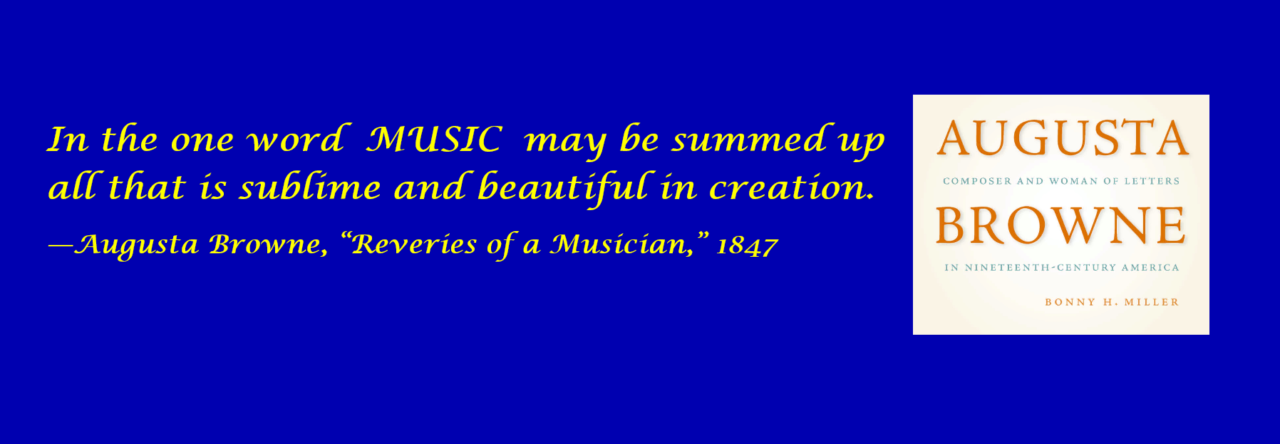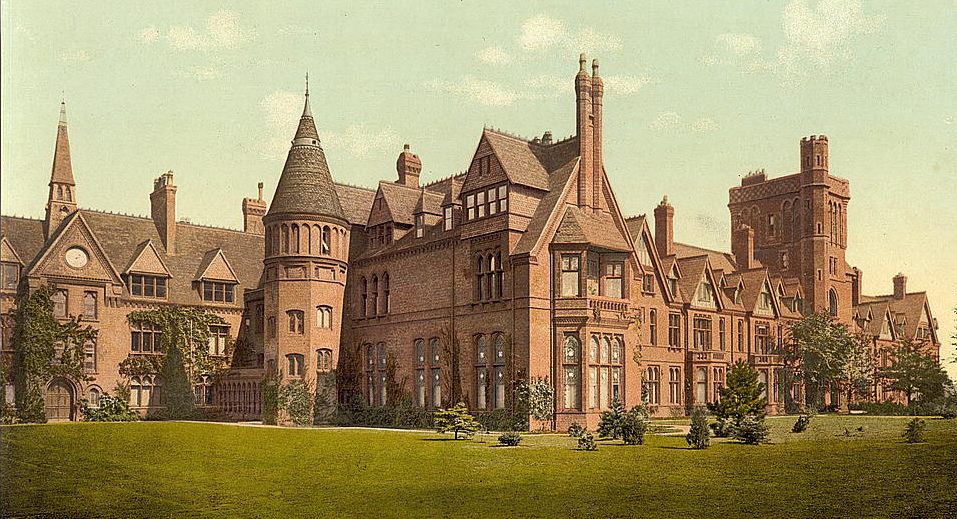When I attend concerts at the Church of the Epiphany in Washington, DC, I feel that I have entered Augusta Browne’s world. She would have known the church well, and its organist, Mrs. Q. A. Pearson. This profile of Kate Pearson focuses on a lesser known but significant player in the musical life of Washington, DC, during the Reconstruction era and her connections to Augusta Browne.
Kate Quail was just twenty when she assumed the post of organist at DC’s Church of the Epiphany (Episcopal). Barely three years later, the Washington Evening Star paid a handsome compliment to the young woman in its preview of music planned for Easter morning, April 7, 1871, noting that her “ability as a musician is well known.”



 was the work of Thomas Hornor (1785–1844), an English surveyor, artist, and inventor.
was the work of Thomas Hornor (1785–1844), an English surveyor, artist, and inventor.